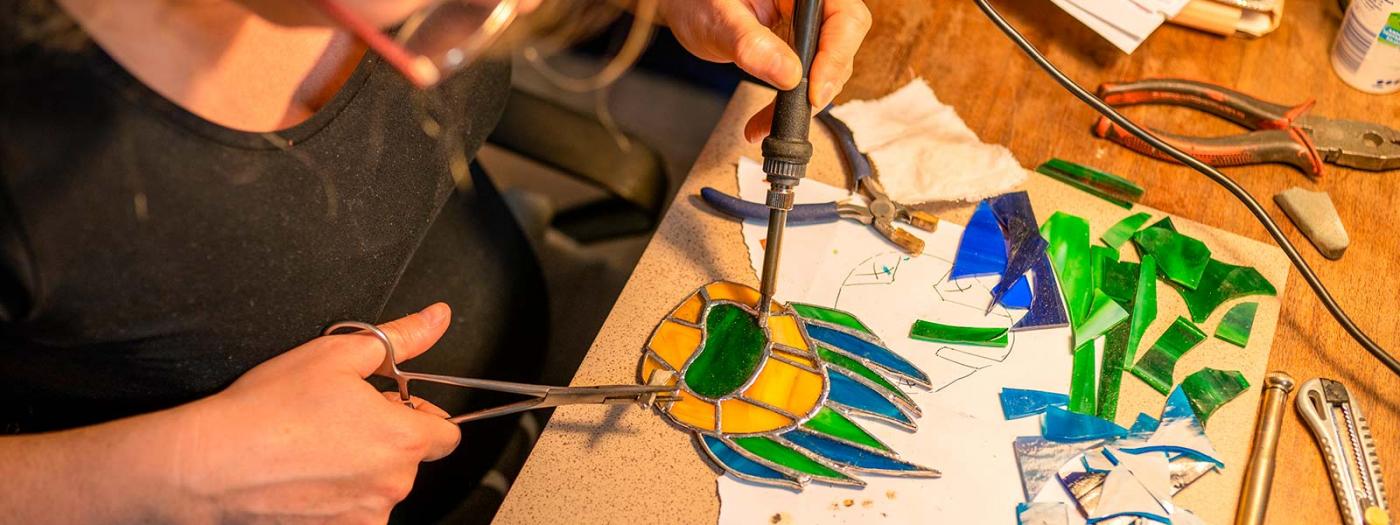1. Descriptive data of the subject:
1.1. Code: MAE 13.
1.2. Type of subject: Optional
1.3. Teaching: Semester
1.4. ECTS credits: 8 (S1)
1.5. Responsible teacher: Joan Olona Casas
1.6. Language: Spanish and Catalan
Technical and Degree qualifications in the Construction and Building sector (architects, building engineers, technical architects and surveyors, civil and industrial engineers, public works, etc.)
The student assimilates a high level of theoretical and practical knowledge in aspects of diagnosis, the methodology for the detection of injuries as well as the historical-constructive knowledge of traditional systems.
- To train professionals in the field of rehabilitation with a high level of theoretical - practical knowledge in aspects such as diagnosis, intervention techniques and injuries of the constructive elements of traditional systems (ceilings, vertical elements and foundations)
- Acquire technical knowledge and methodologies for energy diagnosis and rehabilitation
- Encourage work in interdisciplinary teams made up of professionals involved in the architectural heritage, encouraging the exchange of knowledge between the different technicians.
- Be aware of the values ​​of heritage protection and critically use modern materials and construction processes so that they are compatible with traditional materials and the heritage character of the building.
- Orient towards the business sector that manages this discipline: organisms, local administrations and companies of the sector.
DIAGNOSIS. METHODOLOGY AND GENERAL CONCEPTS
The diagnosis of the state of a building is based on a previous diagnostic methodology that allows the taking of data and the exhaustive knowledge on the building to intervene.
The different resources and existing prospecting techniques are essential to acquire an insight into the whole building. Constructive type guide.
DIAGNOSIS AND FUNDAMENTAL INTERVENTION TECHNIQUES
The problem related to the foundations has been present in the fact of building. The cause has been ignorance of the ground. The module is defined in three blocks. The first presents an analysis of the way cement is laid, from premodern construction to reinforced concrete. The second focuses on the methodology of analysis, also in the field. The third and final, in the need to emphasize and existing techniques.
FROM THE LOAD WALL TO THE PORTICADE STRUCTURE
Evaluation of the evolution of vertical structures, from cohesive load-bearing wall solutions to porticoed structures, and their differentiated structural behavior. It will also address not only mechanical but also physicochemical degradation injuries of the materials that make up the load-bearing structures.
DIAGNOSIS. METHODOLOGY AND GENERAL CONCEPTS
The diagnosis of the state of a building is based on a methodology of previous diagnosis that allows the taking of data and the exhaustive knowledge on the building to intervene. The different resources and existing prospecting techniques are essential to acquire an insight into the whole building. Constructive type guide.
- Previous studies
- Methodology of approach to the building
- Diagnostic techniques
- Technical resources for diagnosis
- Verification tests prior to the rehabilitation work
- The fire in the diagnosis phase
- Demolition techniques prior to the intervention
- Measurements and budgets in the diagnosis
- Cases I and II
DIAGNOSIS AND INTERVENTION TECHNIQUES VERTICAL STRUCTURES
Evaluation of the evolution of vertical structures, from cohesive load-bearing wall solutions to porticoed structures and their differentiated structural behavior. The mechanical and physicochemical damage of degradation of the materials that make up the load-bearing structures is addressed.
- Diagnosis and intervention techniques in fundamentals
- Geotechnics and stressing techniques
- Intervention in load-bearing walls: risk analysis in reinforcement techniques
- Decreased loads and damage assessment
- Intervention in porticoed structures
- Chemical injuries of concrete
- Durability in concrete structures
- Resistance and compactness
- Cases II and III
Intervention in load-bearing walls.
- Intervention in porticoed structures.
TRAINING ACTIVITY HOURS ATTENDANCE
Workshops 26 35
Individual or group studies and work 78 25
Presentations, communication activities 52 60
Site Visits 26,100
Assessment activities 26 70
Face-to-face classes, group work based on case studies and development of a rehabilitation project.
EVALUATION SYSTEM
Group or individual work 40.0
Public presentation of works 20.0
Class participation 20.0
exams 20.0
